In the modern world, we have electricity to power almost everything. However, not all of our devices are created equal when it comes to how they get their power. Some devices get their power from batteries, while others have to be plugged into a wall socket. Why is that? Understanding this will help you understand how your devices work and the role that constant, high-voltage power plays in our appliances.
Devices that need a wall socket need a constant, higher voltage power supply to work right. Devices like appliances, televisions and chargers all need constant AC power that batteries can’t supply for very long.
Understanding why devices need wall sockets will help you make better decisions when you buy and use electrical devices.
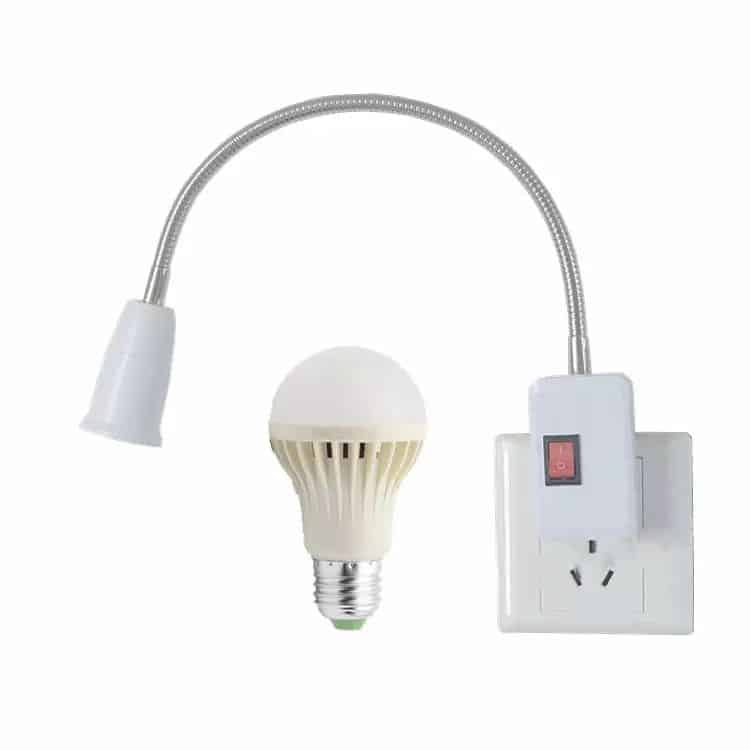
Understanding the Power Needs of Electrical Devices
At the heart of the need for wall sockets is the power requirement of the device. Every electrical device is built with specific power demands that must be met for it to function properly. Many devices that require a wall socket operate with alternating current (AC) and use a significant amount of power. Household appliances such as refrigerators, microwaves, and desktop computers are prime examples.
Wall sockets are designed to deliver a continuous and high voltage power supply, typically between 110V to 240V, depending on the region. This amount of power is far beyond what most batteries can provide. Devices such as refrigerators or air conditioners need this steady flow of power to operate efficiently over long periods. A refrigerator, for example, runs constantly to maintain cool temperatures inside, making it impractical to rely on batteries that would deplete quickly.
In contrast, smaller devices like smartphones or portable fans can rely on batteries because their power consumption is relatively low, and they do not need to operate continuously.
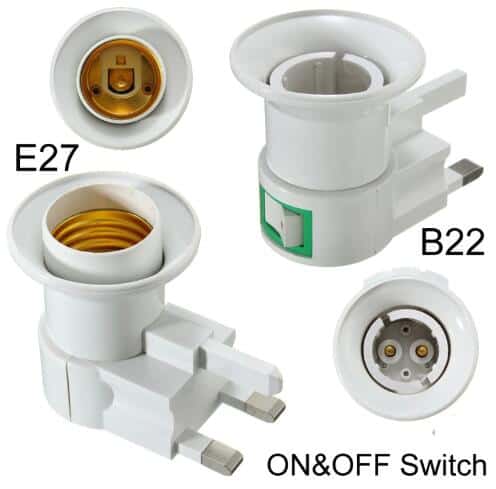
Batteries vs. Wall Sockets: When Continuous Power is Crucial
Batteries are convenient for portable devices because they allow for mobility without being tethered to a wall socket. However, their convenience comes with limitations. Batteries store a limited amount of energy, which means they can power a device only for a certain period before needing to be recharged or replaced. This is perfectly fine for devices like phones, laptops, and flashlights that do not require constant power.
On the other hand, devices that need continuous operation or a higher level of energy consumption—such as washing machines, televisions, or desktop computers—are not suitable for battery power. The energy demands of these devices would drain even the most powerful batteries in a very short time. Imagine trying to run a washing machine on a battery: it would consume the battery’s energy in minutes due to the high power requirements of its motor and heating elements.
Wall sockets provide the continuous power needed to run such high-energy devices, ensuring they operate without interruption. This is why large appliances, power tools, and other heavy-duty equipment require a direct connection to an electrical outlet.
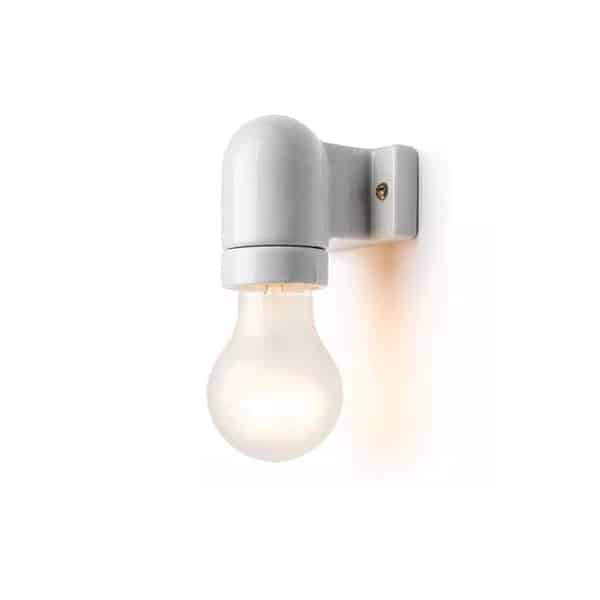
Alternating Current (AC) vs. Direct Current (DC)
One of the main reasons devices need a wall socket is the difference between the types of electricity they use. Wall sockets provide alternating current (AC), which is the type of electricity supplied by power grids. Batteries, on the other hand, supply direct current (DC). While both AC and DC are used to power electrical devices, they have different applications.
AC power is more efficient for transmitting electricity over long distances, which is why it’s used for homes and businesses. Devices like televisions, washing machines, and microwaves are built to use AC power because of its ability to deliver large amounts of energy over time. These devices are designed to handle the fluctuating nature of AC, which reverses direction many times per second.
Batteries, by contrast, provide a constant flow of electricity in one direction (DC). Some devices, such as laptops or cell phones, have internal systems that convert stored DC power from the battery into AC to power the device. However, devices that are specifically built to run on AC power cannot function properly without being plugged into a wall socket.
This reliance on AC is what makes wall sockets indispensable for many home appliances and entertainment systems.
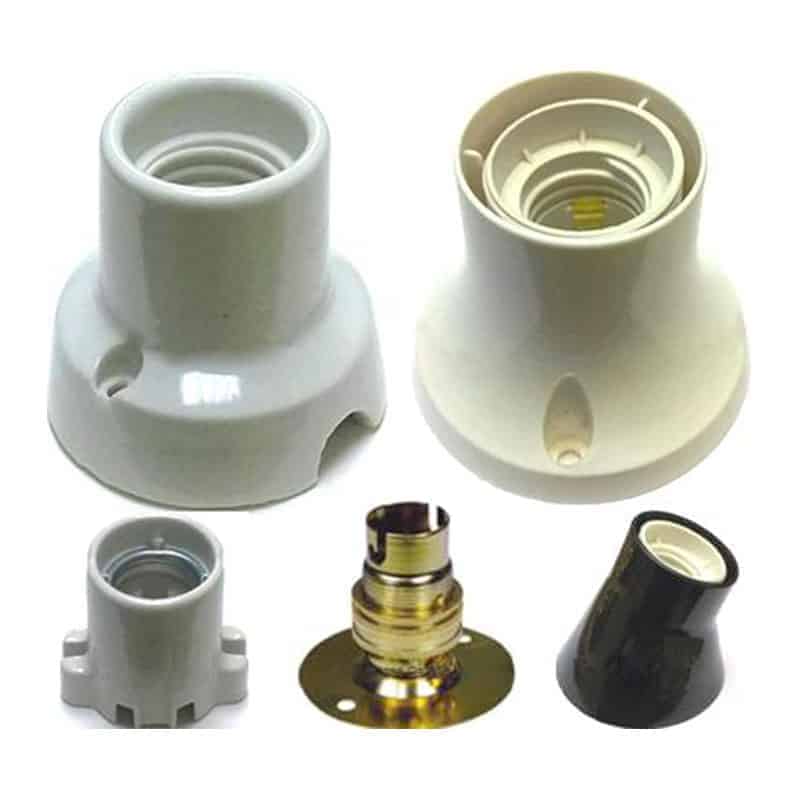
High Power Devices and Their Need for Wall Sockets
When considering why certain devices need a wall socket, it often comes down to the sheer amount of power they require to operate. Large household appliances, such as dishwashers, ovens, and air conditioners, need a lot of energy to function. For example, an air conditioner uses a compressor to cool air, and the motor driving this compressor consumes a large amount of electricity, especially when cooling a room for long periods.
Similarly, power tools like drills or electric saws require significant bursts of power to operate at high speeds. These devices cannot rely on batteries because they would drain too quickly and would require frequent recharging. Wall sockets, on the other hand, provide a constant and reliable power source that can handle the high energy demands of these tools.
For these high-power devices, batteries simply cannot compete with the efficiency and reliability of a direct electrical connection. That’s why most heavy-duty equipment and appliances are designed with plugs that fit directly into wall sockets.
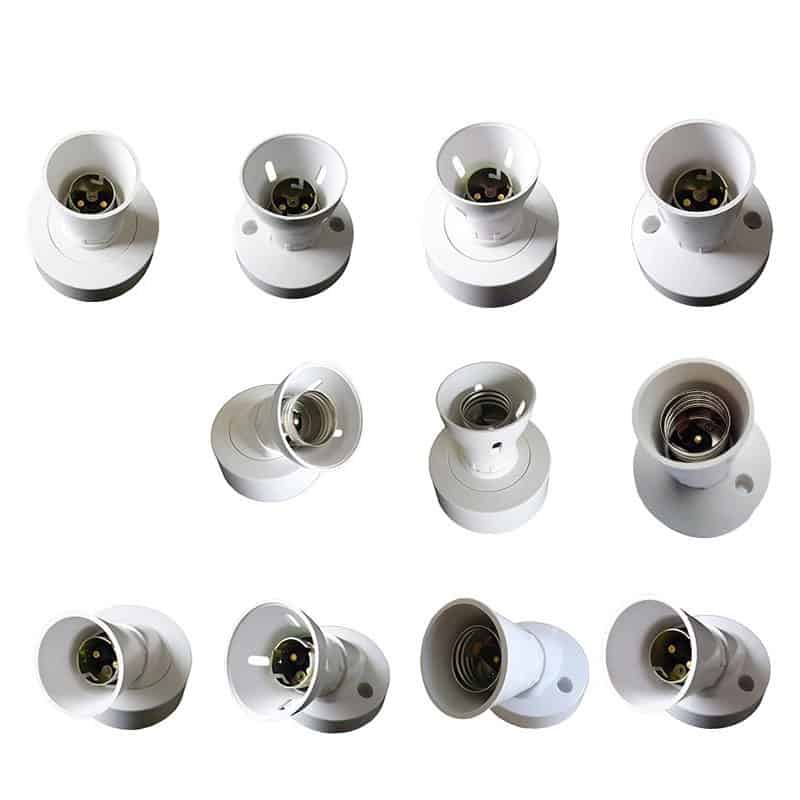
Wall Sockets and Device Longevity
Another important factor is the impact that a constant power supply has on the longevity and performance of devices. Devices that require a steady flow of power, such as computers or televisions, perform better when they are plugged into a wall socket. A fluctuating power source, like a battery, can cause inconsistent performance and might even shorten the device’s lifespan.
Many sensitive electronics, such as medical equipment, communication devices, or data servers, must have a constant power supply to avoid data loss or critical system failure. For example, medical equipment in hospitals, like ventilators or life-support machines, rely heavily on continuous power to keep patients safe. These devices are often backed up by additional power sources in case of an outage, but they rely on a primary connection to the wall socket to function effectively.
Devices that need to run 24/7, such as security systems or refrigerators, must have a stable and uninterrupted power supply. Batteries are not designed to handle such long-term, high-energy demands, making wall sockets the only viable power source for these devices.
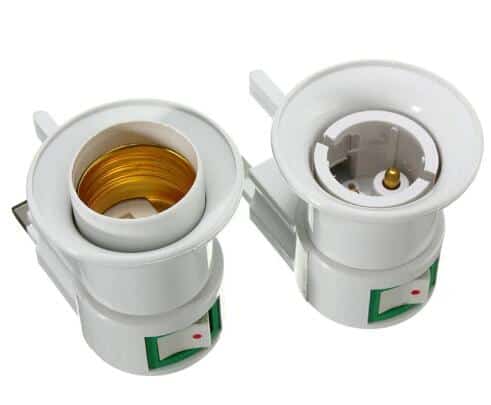
Final Words:
Devices that need a wall socket need a steady, higher voltage power supply that batteries can’t provide. Whether it’s a big household appliance, a big power tool or a sensitive piece of medical equipment, they all need a constant flow of electricity.
Understanding why certain devices need a wall socket will help you make better choices about your electrical use and keep your appliances and tools running well for years to come.













